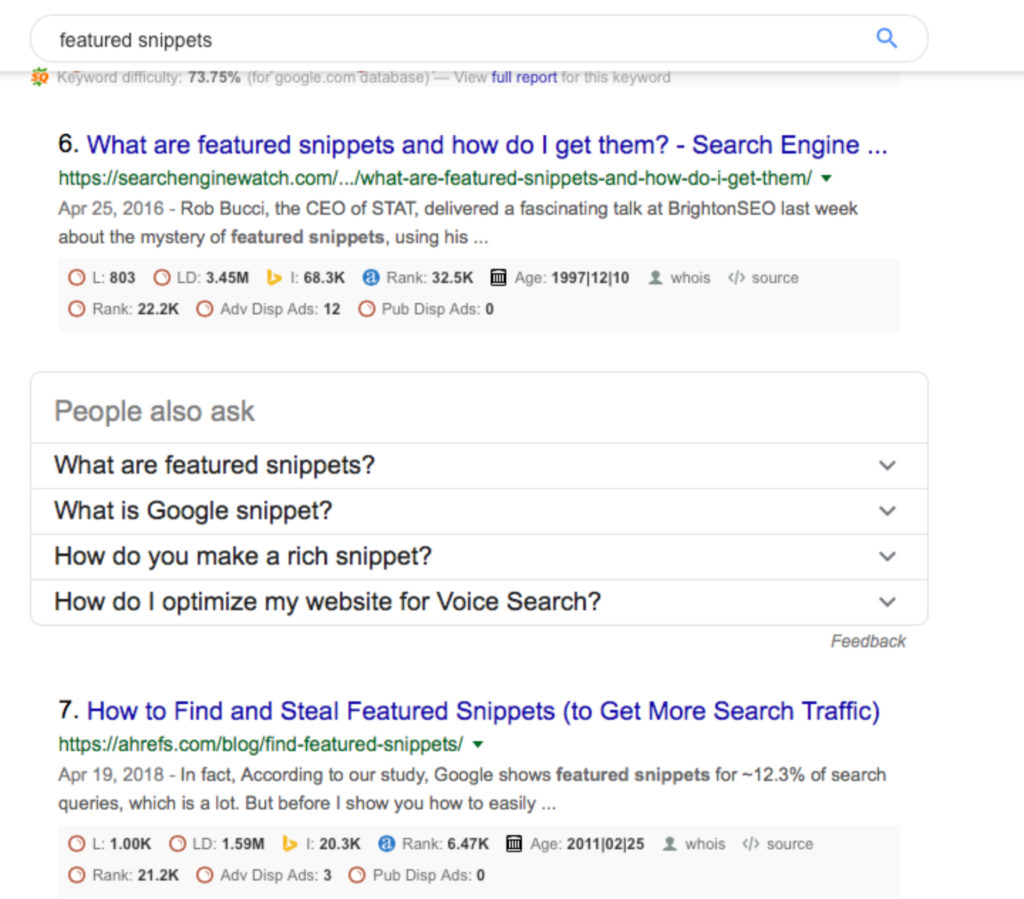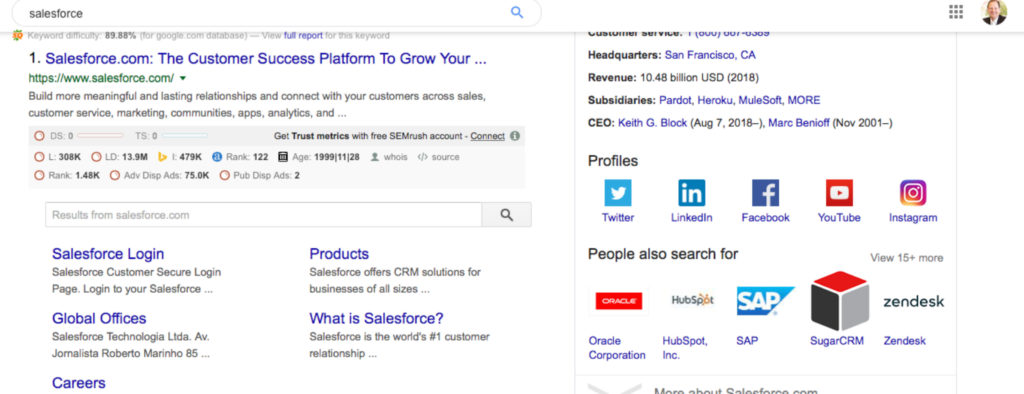In 2018, Google released several SERP (Search Engine Results Page) display updates. Along with the rash of Google core algorithm updates, 4 of these 5 updates changed the look and feel of Google SERPs significantly. The traditional text-only SERPs are gone and have been replaced by featured snippets, video, images, knowledge graphs and related products. SEO experts have been challenged to develop strategies to take advantage of these changes by creating and optimizing these different content types.
1.Mobile First Indexing.
The mobile first indexing update was designed to address increased utilization of mobile content and ensure that the mobile speed were taken into account for the SERP. The mobile page speed update takes into account the page loading speed for mobile results and dictates that Googlebot will only crawl and index the mobile version of a page. Creating mobile pages that only load quickly and have keywords at the top of each page and creating alt tags for all photos is a key. Responsive websites require that javascript and css by compressed or minified. Another solution is to utilize AMP (accelerated mobile pages) which are an open source asset.
2. Featured Snippets And Knowledge Panels
Starting in late 2017, Google made changes to the configuration. Featured Snippets were expanded, Knowledge Panels improved, and suggested content was also featured more prominently. All three of these elements align with user intent and improve the user’s search experience. Most featured snippets are triggered by long-tail keywords. This content is designed to provide an answer the searcher’s question directly within the SERPs. There are several kinds of featured snippets: bullet points, tables, numbered and paragraphs. Paragraph types are the most prevalent category of featured snippets. These snippets usually provide answers to question queries, such as “how to,” “what is,” or “why is.”

Google leverages Google Maps or Google My Business listings for knowledge panels.
Knowledge panels can feature images, facts, social media links, and related searches.

3. Related Products
Google has also started providing related products represented by clickable logo links within the SERPS. Google has not defined how they are selecting these featured products. We can say for certain that they are striving to deliver the best search suggestion. They take the user behavior and intent into account to generate the best SERP. Interlinking and a strong display of expertise, authority and trustworthiness (E-A-T) are the best strategies to suggest for placement in the Related Products section of Google SERP.

4. Video Display
A very noticeable change in the SERPs in June of 2018 has been the inclusion of video carousel. The video carousels compete with organic results for SERP space and can appear next to any combination of other features. The the vast majority of the accompanying URLs are from YouTube. That said accompanying URLs is another element that is changing. Now Google is actually giving preference to videos featured on websites instead of Vimeo or YouTube.

5. Increased Length of Text and Titles – NOT!
Google changed 2 parameters here. The character limit was increased and then a core algorithm update was done that restored the older character limits. A lot of webmasters put a lot of work into gaining benefit from this change, only to find the work was for naught.
Conclusion:
It is clear that Google is accepting the challenge of being (and remaining) the planet’s #1 Search Engine. The changes that remain in place are clearly designed to deliver a more complete SERP experience for search engine users. The benefit to digital marketing is more ways to reach potential website visitors and potential customers, in different ways.
Eric Van Cleave is CEO and Digital Director for Zenergy Works, A Santa Rosa California based Digital Marketing Agency
